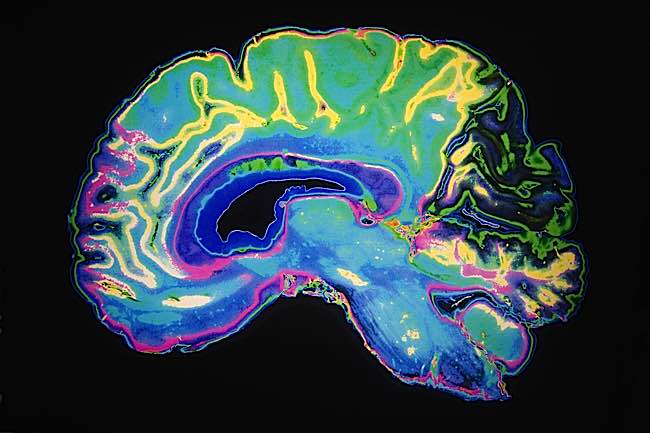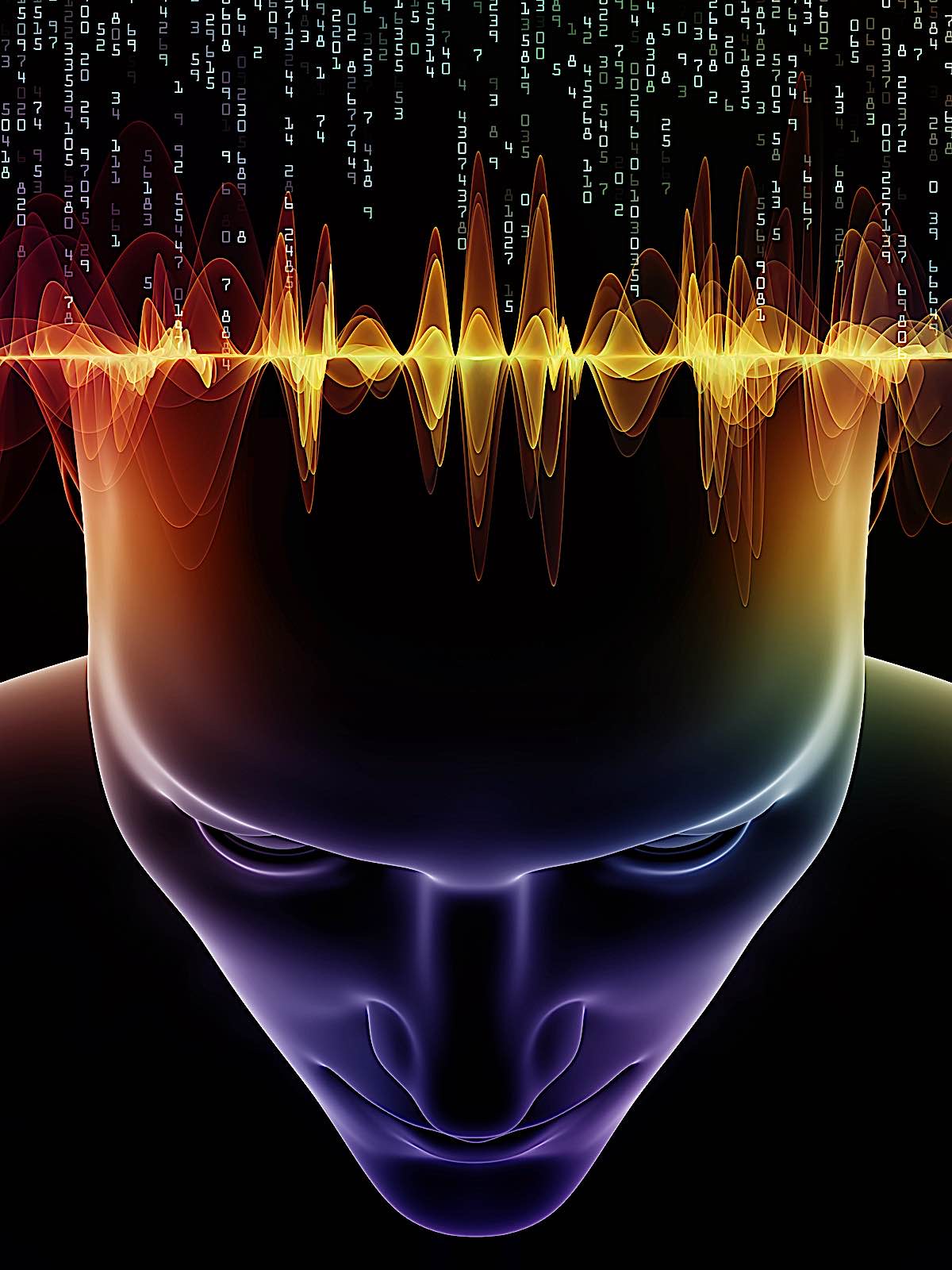Are Somatic Experiencing and Mindulness meditation the same? No — but they are complimentary…
Meditation and mindfulness have been practiced worldwide for centuries. Today, nearly 14.2% of American adults meditate [Note 1] or incorporate another spiritual or mantra-focused practice — about 5.4% of children do the same.
Science-backed evidence has shown that meditation provides emotional, mental and physical support, positively affecting one’s overall health. While some people practice meditation to relieve stress and center their focus, others find that it helps relax the muscles, particularly the somatic nervous system.
By Beth Rush
[Disclaimer: Always seek the advice of your health care practitioners when experiencing pain or other medical issues.]
What Is the Somatic Nervous System?
The somatic nervous system is a component of the peripheral nervous system, branching far and wide throughout the body. It’s the part of the nervous system that controls muscle movement and sensory input [2] — taste, touch, sound and smell — that sends messages to the brain.

Many conditions negatively impact the somatic nervous system — for instance, autoimmune disorders, diabetes, infections, medicines or procedures. Trauma also can cause adverse effects.
When the body undergoes chronic or sudden, severe pain, the somatic nervous system indicates “referred pain” — what causes you to feel pain or a physical problem in a specific area that actually comes from elsewhere. A heart attack patient might feel pain in the arm or back, while someone with pelvic floor dysfunction could feel pain in the lower back or upper thighs.
Sometimes, when trauma occurs, it can imprint muscle memory in the somatic nervous system. This is why individuals with post-traumatic stress disorder (PTSD) often feel physical symptoms like muscle tension [3] and joint pain.
Meditation and the Body
Trauma imprints and continuous discomfort within the somatic nervous system can make daily tasks and functions more difficult. However, mindfulness meditation has a long history of helping people through their pain [4] from chronic illness or cancer.

You begin to build awareness of your physical, emotional and mental duress when you meditate. Since the brain tends to hone in on the pain, mindfulness can shift your focus enough to make it less consuming [5] and more manageable. For these reasons, Mindfulness can be a reinforcing or complimentary method to Somatic Experiencing.
The deep breathing that occurs during meditation also helps to relax the body, relieving muscle and joint tension.
A Meditative Approach to Somatic Experiencing
Somatic experiencing is one approach people take toward relieving the somatic nervous system — and meditation plays a crucial role.
Many people struggle to overcome traumatic events and the body’s stress response. However, somatic experiencing helps you build an awareness of physical feelings in the body. You might begin to notice your heart beating or whether the muscles tense up or relax. Essentially, becoming aware of the physical sensations allows you to release the trauma imprint [6] and move past the event.
Meditation can improve your self-awareness and gain insight [7] into who you are, enabling you to undergo effective somatic experiencing.
For those with PTSD, studies have shown that somatic experiencing is a practical component of trauma healing [8] — but it’s best to consult with a specialist for further discussion and treatment of your mental and physical pain.
Meditation Enhances Somatic Experiencing
Meditation and somatic experiencing aren’t the same, but meditation does matter. When you meditate, you enhance somatic experiencing by creating a higher level of self-awareness. Therefore, those who intend to try somatic experiencing to heal trauma might consider building a meditation practice.
Sources
[1] NIH>>
[3] Psychiatry.org>>
[4] UPMC>>
[5] Mindfulness paradox: Buddha Weekly>>
[7] 10 benefits of meditation: Buddha Weekly>>
[8] PubMed>>
More articles by this author
Search
Latest Features
Please support the "Spread the Dharma" mission as one of our heroic Dharma Supporting Members, or with a one-time donation.
Please Help Support the “Spread the Dharma” Mission!

Be a part of the noble mission as a supporting member or a patron, or a volunteer contributor of content.
The power of Dharma to help sentient beings, in part, lies in ensuring access to Buddha’s precious Dharma — the mission of Buddha Weekly. We can’t do it without you!
A non-profit association since 2007, Buddha Weekly published many feature articles, videos, and, podcasts. Please consider supporting the mission to preserve and “Spread the Dharma." Your support as either a patron or a supporting member helps defray the high costs of producing quality Dharma content. Thank you! Learn more here, or become one of our super karma heroes on Patreon.
Beth Rush
Author | Buddha Weekly
Beth Rush is the Managing Editor and content manager at Body+Mind. She is a well-respected writer in the personal wellness space and shares knowledge on a variety of topics related to nutrition, holistic health, and mental health. You can find Beth on Twitter @bodymindmag.


















